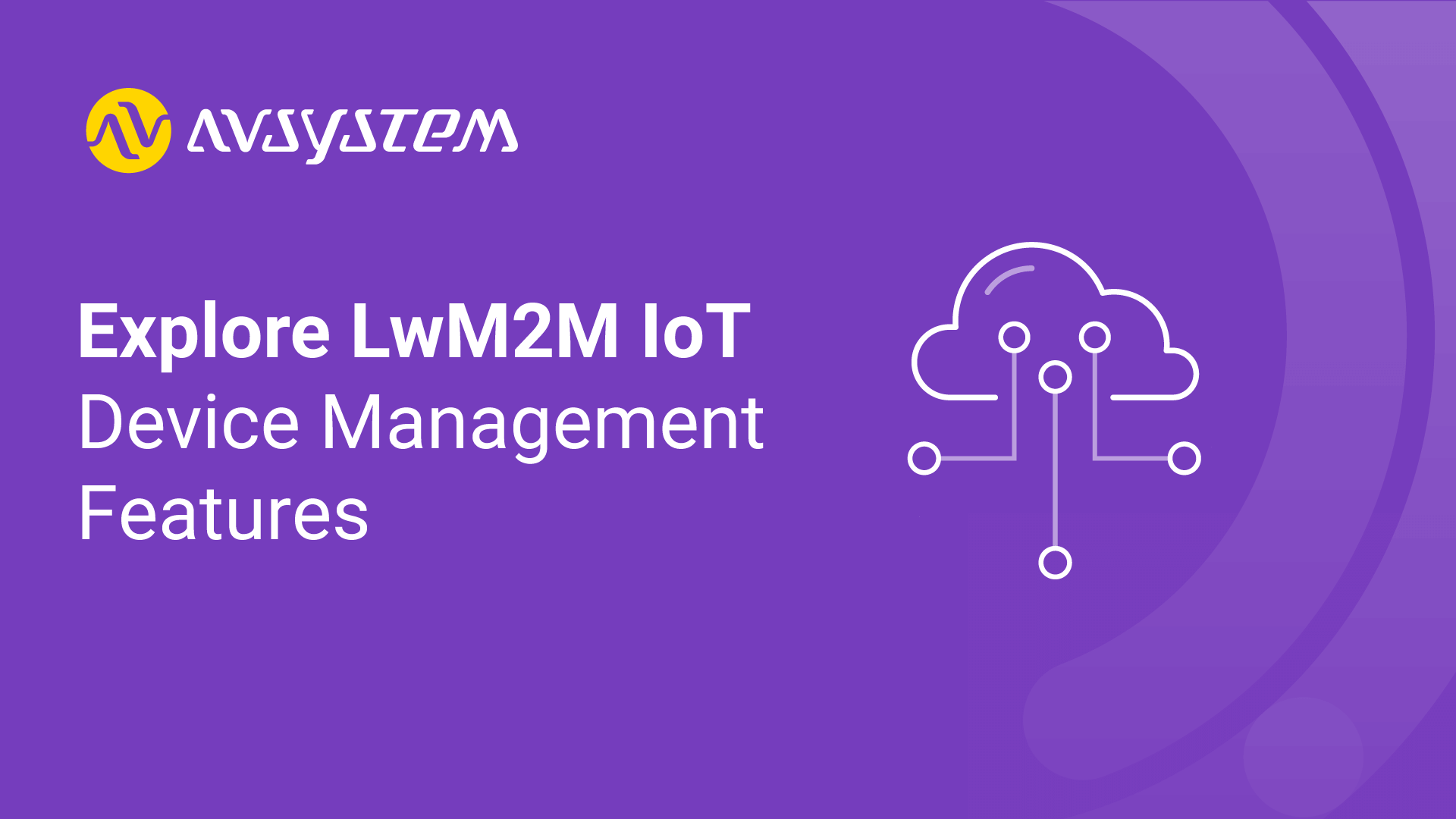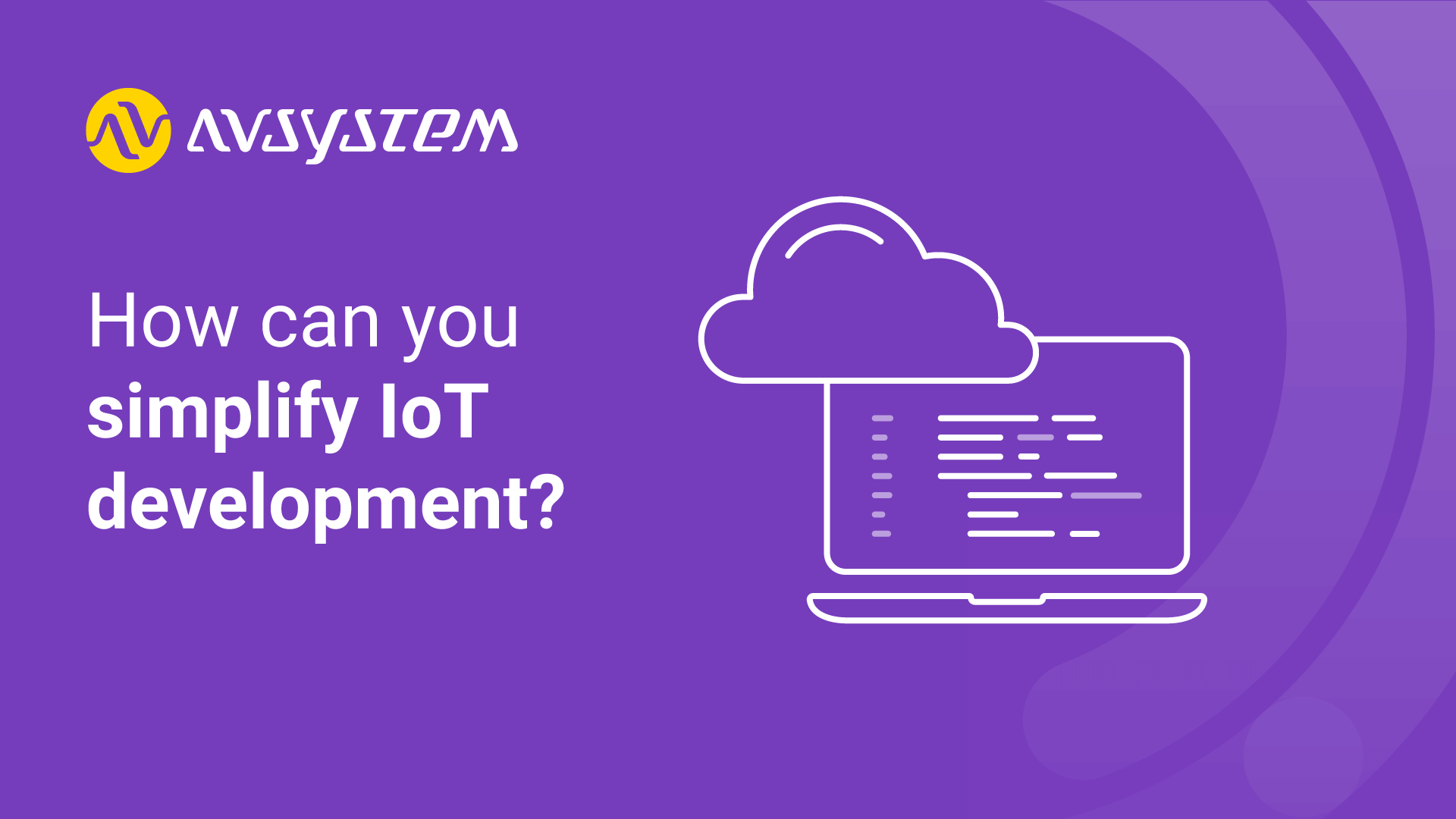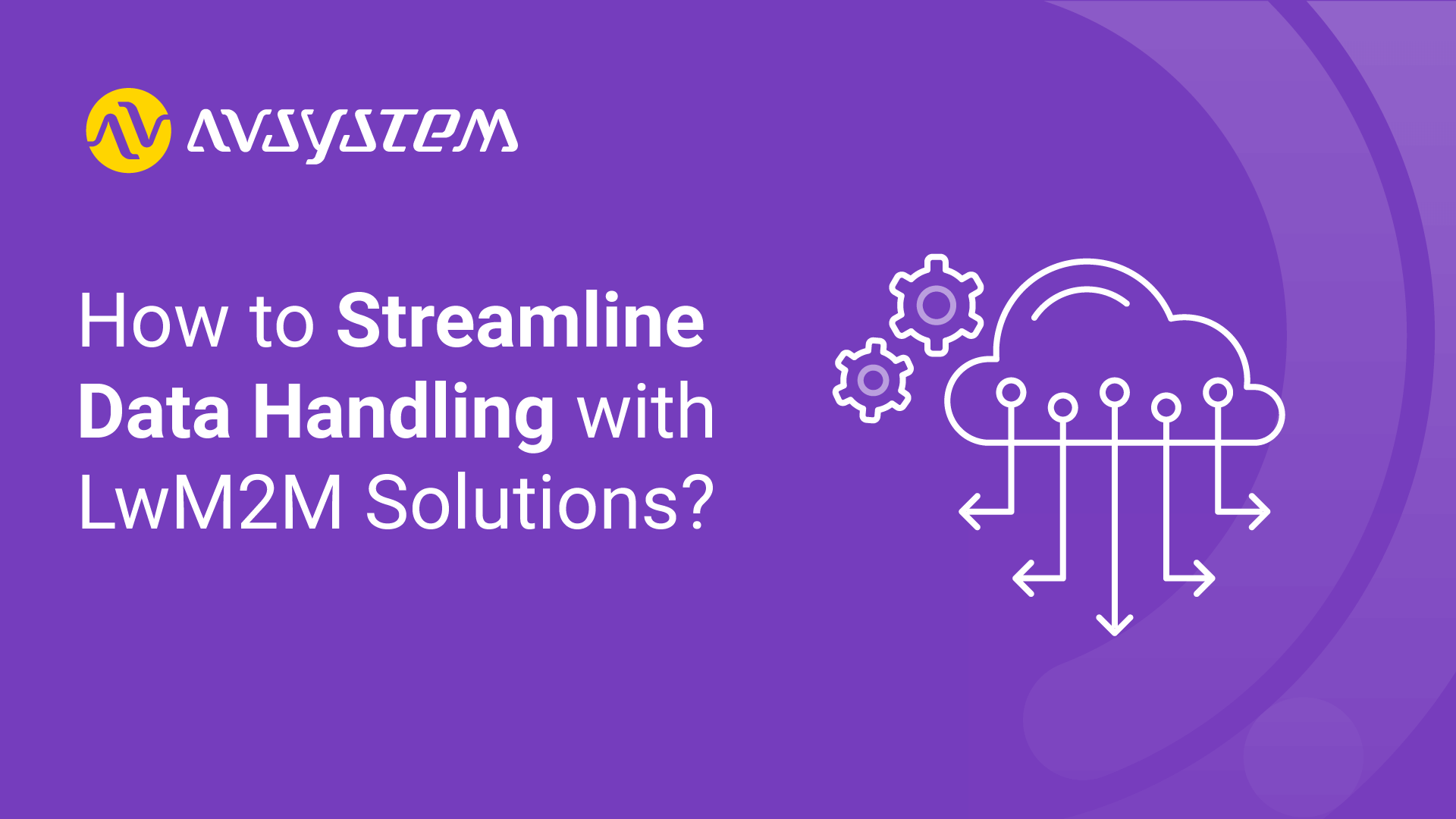Exploring LwM2M IoT Device Management Features

Exploring LwM2M IoT Device Management Features: A Comprehensive Guide
Efficient device management is paramount as the use of IoT devices continues to expand in sectors ranging from utilities to the electronics industry. Consider a utility company relying on an extensive network of sensors to monitor and optimize their smart meters; even minor interruptions can lead to significant data inaccuracies and operational challenges. This is where Lightweight M2M (LwM2M) comes in—a protocol specifically designed to efficiently and securely manage IoT devices. Understanding the features of LwM2M cannot only enhance operational efficiency but also fortify security across your IoT ecosystem. With this in mind, let's dive into the LwM2M features that support better IoT device management.
Understanding The LwM2M Protocol
Lightweight Machine-to-Machine (LwM2M) is a protocol designed specifically for the Internet of Things (IoT). Developed by the Open Mobile Alliance, LwM2M operates over CoAP (Constrained Application Protocol) and provides a lightweight, low-bandwidth, interoperable and secure means for managing IoT devices. Unlike general-purpose messaging protocols like MQTT, LwM2M is tailored for IoT device management, offering functionalities like remote configuration, data reporting, and software updates right out of the box.
While both CoAP and MQTT are commonly used for IoT applications, LwM2M by providing a messaging semantics on top of them stands apart for several reasons:
- Resource-Efficiency: It consumes less bandwidth and power, making it ideal for battery-operated devices or networks with limited capacity.
- Security: LwM2M provides built-in security features, such as end-to-end security and device authentication, safeguarding your data and network.
- Flexibility: It allows for seamless bidirectional device-to-cloud communications, making it easier to configure or update device settings remotely.
- Interoperability: The standardized object model in LwM2M ensures easier integration with other systems, saving time and reducing complexities.
- Over-the-Air Updates: Provides native support for firmware updates, letting you patch security vulnerabilities or add features without manual intervention.
Achieve IoT project success faster with our expertise.
Speed up your time to market using LwM2M standardization and pre-built integrations for hardware and the cloud.
Key LwM2M Features for IoT Device Management
Device Registration and Identity Management
One of the foundational elements of any IoT device management platform is secure device registration and identity management. LwM2M excels by providing built-in features that facilitate secure handshake mechanisms between the device and the server. Organizations can effortlessly onboard numerous devices through a standardized approach to device provisioning while ensuring that each device's identity is securely authenticated. You can read more about IoT device authentication here.
Data Management and Reporting
In IoT ecosystems, efficient data management is crucial. LwM2M provides a streamlined data model designed to enable devices to report data and status information in a resource-efficient manner. This model simplifies the complexities inherent in IoT data flows and minimizes the bandwidth needed for communication, making it optimal for constrained networks.
Connection with the Cloud
LwM2M offers reliable and secure connectivity between IoT devices and cloud systems. This feature ensures that the data collected from edge devices is efficiently transferred to centralized databases or analysis tools, facilitating timely and data-driven decision-making.
Firmware and Software Updates
Executing over-the-air (OTA) updates is another essential aspect of IoT device control. LwM2M's native support for firmware and software updates enables organizations to patch vulnerabilities or add new device features remotely. This saves time and addresses potential security concerns by ensuring that all devices are operating on the most recent and secure firmware.
Achieve IoT project success faster with our expertise.
Speed up your time to market using LwM2M standardization and pre-built integrations for hardware and the cloud.
Remote Monitoring and Control
Remote monitoring and control are among LwM2M's most compelling features. The protocol enables real-time status retrieval and the execution of control commands on IoT devices. This functionality allows businesses to perform remote diagnostics and troubleshooting, reducing the need for on-site interventions. Additionally, data collected through this remote monitoring can be used for predictive maintenance, thereby preempting failures and extending device lifespan.
Security and Authentication in LwM2M
In an era where cyber threats are increasingly sophisticated, LwM2M plays a pivotal role in ensuring secure provisioning and communication between IoT devices and the cloud. The protocol offers secure provisioning, allowing devices to join networks only after undergoing robust authentication processes.
Additionally, LwM2M mitigates security risks through built-in features like the ability to update cryptographic keys using the bootstrap server. These comprehensive security measures make LwM2M a go-to choice for any organization prioritizing the integrity and confidentiality of their IoT ecosystem.
Power Management and Energy Efficiency
Effective power management is integral to IoT devices' longevity and operational efficiency. LwM2M contributes significantly to this aspect through features like Queue Mode and ability to wake up a sleeping device. These can be independently enabled and used in conjunction with various communication mechanisms. For example, the LwM2M Server can request operations from the client device, like an "Update" operation, by sending an "Execute" command via SMS. Advanced power-saving modes like Power-Saving Mode (PSM) also play an important role. PSM is a feature of the cellular communication standards, such as Cat-M1 and NB-IoT, which allows the cellular module to enter a low-power state without losing network registration, facilitating rapid reconnection upon waking up.
Extended Discontinuous Reception (eDRX) comes into play for more aggressive power conservation. Also a part of cellular communication standards, eDRX allows the device to turn off its radio interface for extended periods, waking up only to check for incoming packets. This further minimizes energy usage while maintaining device availability for time-sensitive tasks. You can read more about IoT energy management for low-energy IoT devices here.
Scalability and Interoperability
In the complex landscape of IoT device control, LwM2M actively bridges gaps in scalability and interoperability. Its standardized object model simplifies the integration process, allowing devices from various manufacturers and multiple communication technologies to work together seamlessly. This becomes particularly valuable when you manage a growing network of IoT devices. In addition to device management benefits, normalized object models greatly facilitate processing of device telemetry data, which provides significant savings in operating cloud infrastructure.

Addressing Common Client Questions
Is LwM2M suitable for both small-scale and large-scale IoT deployments?
Yes, LwM2M scales efficiently, suiting both small and large deployments. Its modular architecture adapts to various network sizes, offering seamless integration as your needs grow. With ready hardware integrations, as those available for Anjay IoT SDK, both small and larger IoT projects benefit from reduced time-to-market.
Can LwM2M be integrated with existing IoT platforms?
LwM2M focuses on data delivery from the client to the cloud, not directly to third-party cloud services like Datacake or Influx. However, features like the Data Integration Center in the Coiote IoT Device Management Platform can bridge this gap. This allows for rapidly building end-to-end IoT applications and easily connecting to popular cloud services, all while avoiding vendor lock-in. Learn more here.
What benefits does LwM2M offer for industries with energy-efficient requirements?
LwM2M excels in power management. Features like Power-Saving Mode and Extended Discontinuous Reception help devices consume less energy, making it ideal for energy-sensitive industries.
How does LwM2M simplify the remote control of devices?
LwM2M simplifies remote control of devices by offering a lightweight, standardized protocol for device management. It uses CoAP for minimal data overhead, supports various data formats, and provides built-in security features. This allows for efficient communication and easier integration of IoT devices into larger systems.
Final Thoughts
In summary, Lightweight M2M (LwM2M) offers a comprehensive, secure, and efficient framework for IoT device management. It excels in key areas such as resource efficiency, security, and scalability, making it ideal for both small and large deployments. With built-in features like over-the-air updates, remote control, and energy-saving modes, LwM2M is tailor-made to meet the multifaceted demands of today's IoT ecosystems. If you want to improve operational efficiency and security in your IoT setup, LwM2M deserves your attention. Learn more about Coiote IoT device management platform.
Recommended posts
- How can you effectively tackle the challenges of IoT development?
- IoT communication protocols explained [with measurements for NB-IoT]
- How to Streamline Data Handling with LwM2M Solutions?
Subscribe to stay in the loop with all our latest content:
Recommended posts


![IoT communication protocols [with measurements for NB-IoT]](/media/avssite/news/Communication-Protocols-Comparison_cover_new.png)
